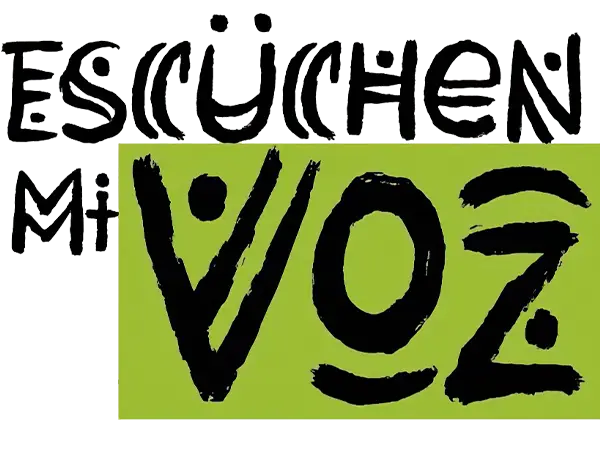
The COVID-19 pandemic brought unprecedented challenges to health systems around the world. In Peru, especially in the Loreto region, the situation was particularly difficult. Indigenous communities, whose inhabitants usually face great obstacles in accessing adequate medical services, saw this situation aggravated by the global health crisis. In this context, community health workers (CHWs) became fundamental pillars, demonstrating incredible resilience and leadership in mitigating the devastating effects of the pandemic.
Loreto, a vast Amazonian region in northeastern Peru, suffered enormously during the pandemic. With a fragmented and under-resourced health system, restrictions on movement, and a lack of personal protective equipment, indigenous communities were particularly vulnerable. Many health posts closed, and CHWs were forced to take on broader roles than they normally did to provide basic care and educate their communities on COVID-19 prevention.
Loreto, a vast Amazonian region in northeastern Peru, suffered enormously during the pandemic. With a fragmented and under-resourced health system, restrictions on movement, and a lack of personal protective equipment, indigenous communities were particularly vulnerable. Many health posts closed, and CHWs were forced to take on broader roles than they normally did to provide basic care and educate their communities on COVID-19 prevention.
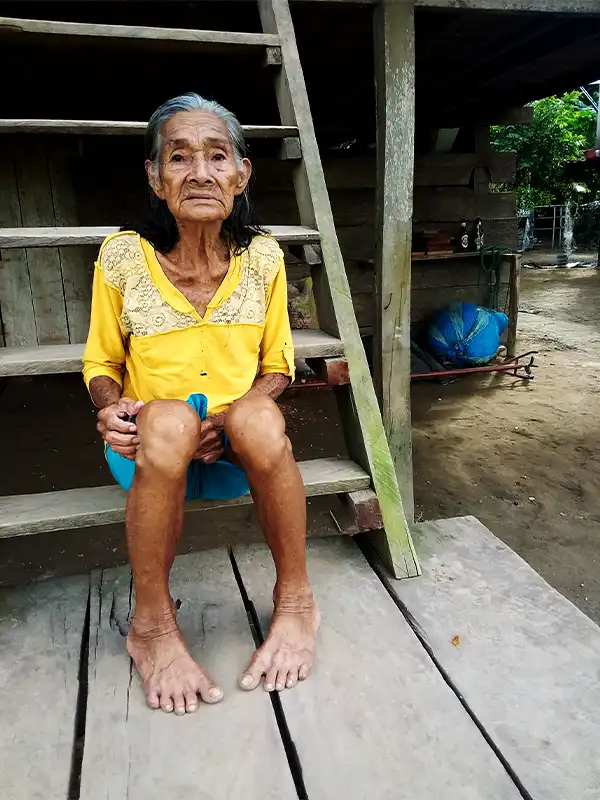
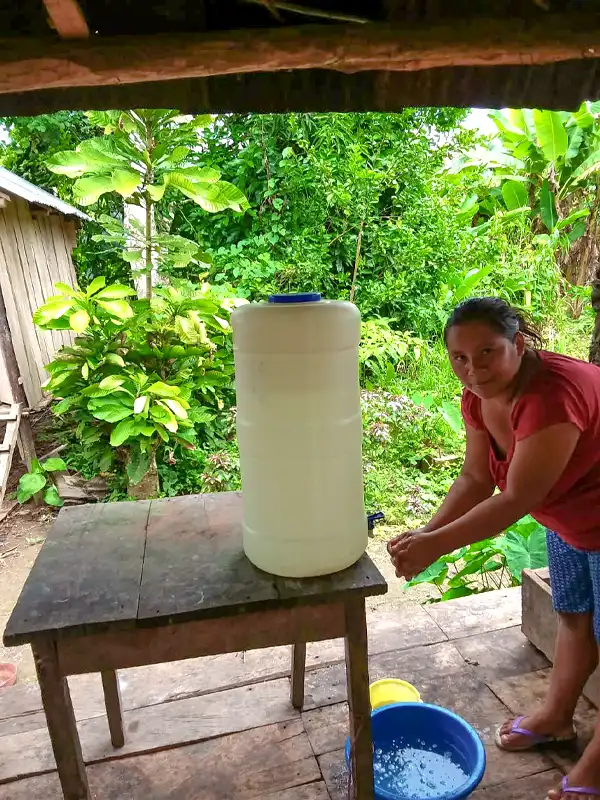
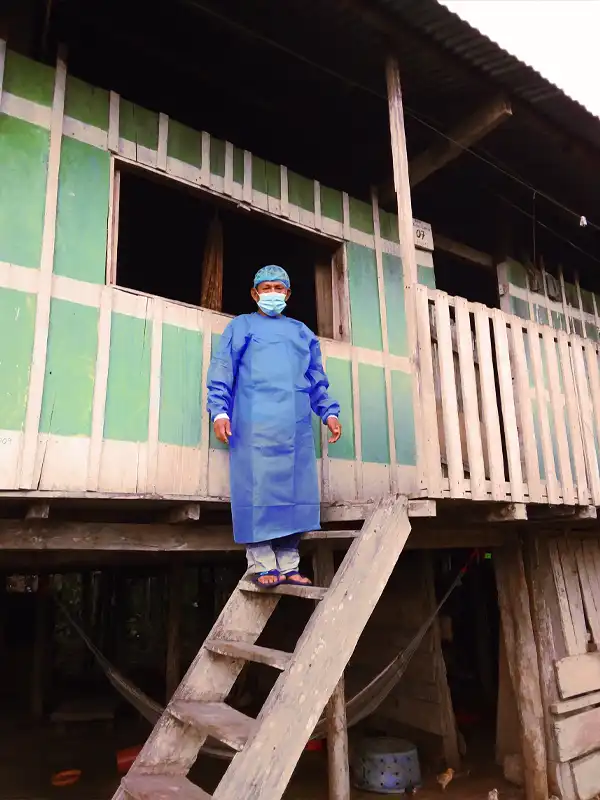
To better understand the ways in which CHWs coped with the complex challenges posed by the pandemic, a study was conducted using the Photovoice methodology. This technique allows participants to use photography to document and reflect on their experiences. Fourteen CHWs from Loreto participated in the study, taking photos that showed how the pandemic affected their lives and work. Through group discussions, the CHWs developed narratives and proposals for action to address the shortcomings of the health system.
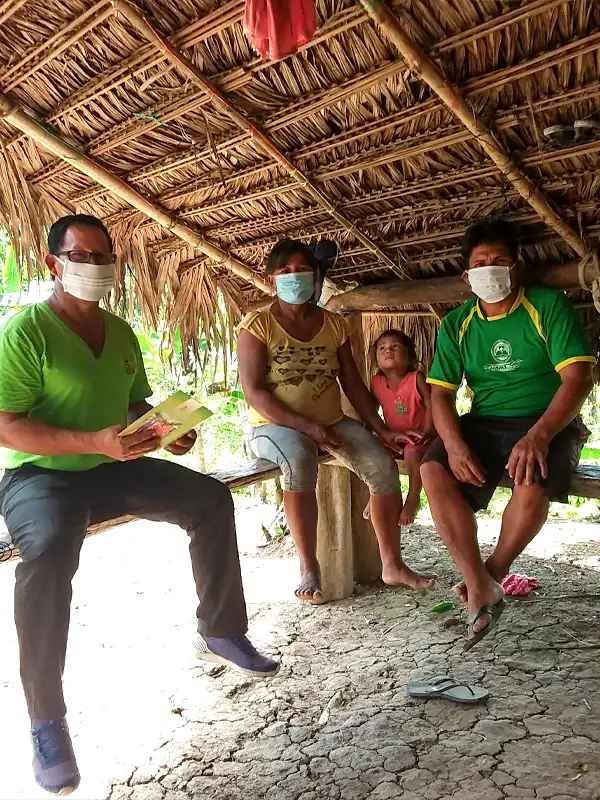
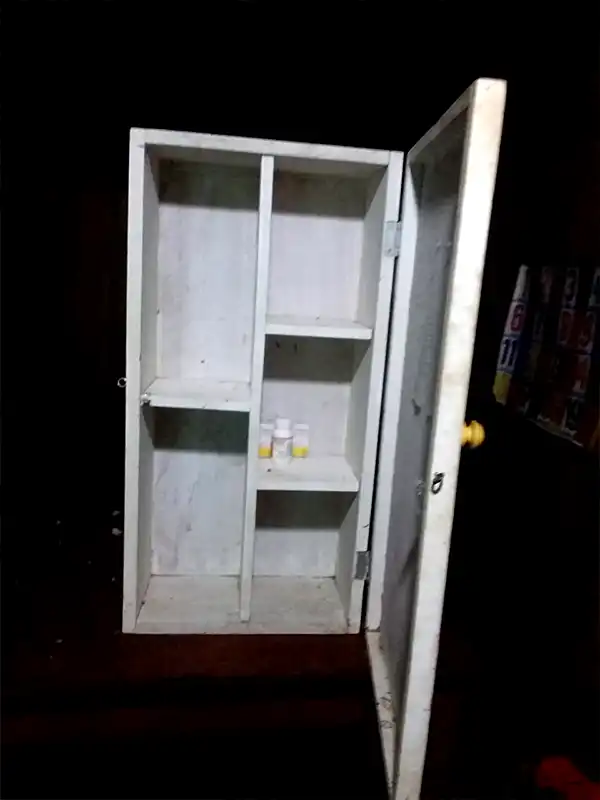
Using the resources that the Photovoice technique allowed to show, three main themes were highlighted within the communities' problems:
1. The collapse of the health infrastructure: The ACS documented the closure of health posts and the lack of medicines, which forced them to assume the responsibility of providing primary care. Without formal training, many ACS became the only health providers in their communities.
2. Use of medicinal plants: Faced with a shortage of medicines, communities turned to traditional medicinal plants. CHWs played a crucial role in collecting and preparing plant-based remedies, strengthening community confidence in their traditional health practices.
3. Adaptations and community struggles: The pandemic forced communities to adapt to new norms of social distancing and isolation. CHWs highlighted the importance of family and community support in caring for the sick, despite restrictions on movement and visits.
A key piece of the study was the resilience and leadership of the CHWs. Without government support, these workers demonstrated incredible adaptability and commitment as they saw the need to fill critical gaps in the delivery of medical services. Not only did they provide medical care, the CHWs took on the responsibility of caring for the sick, providing both medicinal plant treatments and emotional support. This adaptability and self-education underscores their resilience and dedication to the well-being of their communities.
They disseminated crucial information on COVID-19 prevention measures, such as the importance of wearing masks, hand hygiene, and social distancing. They also promoted COVID-19 vaccination, confronting and debunking rumors and misinformation about vaccines.
Despite the difficult conditions, the CHWs stood firm, proving that with the right support and recognition, this powerful force for health and well-being in remote and vulnerable regions can be made sustainable.
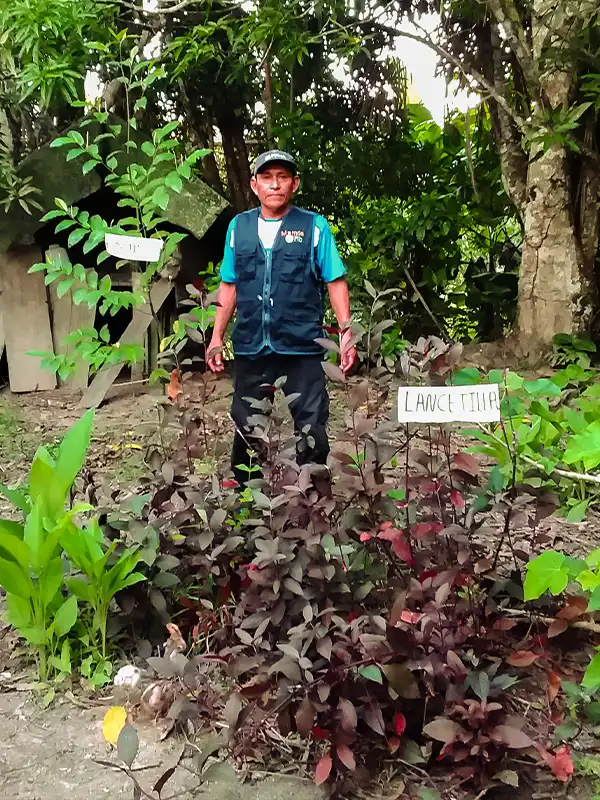
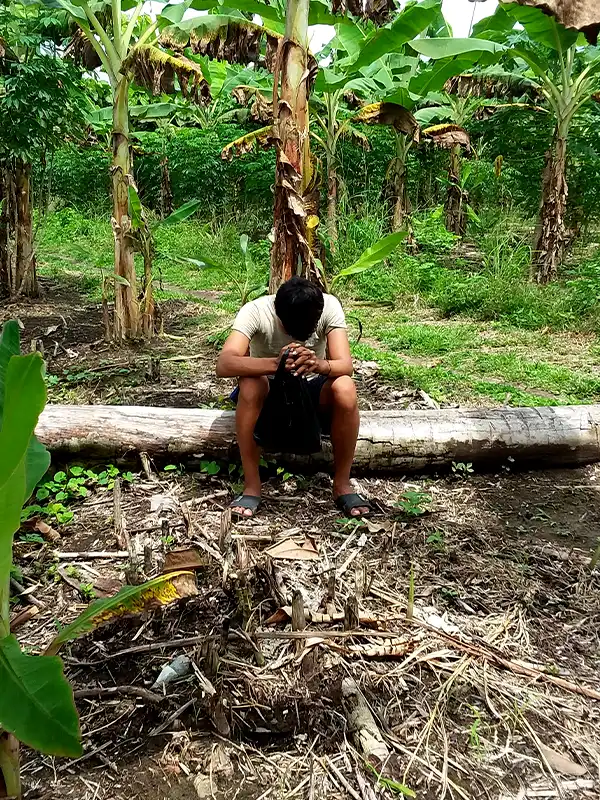
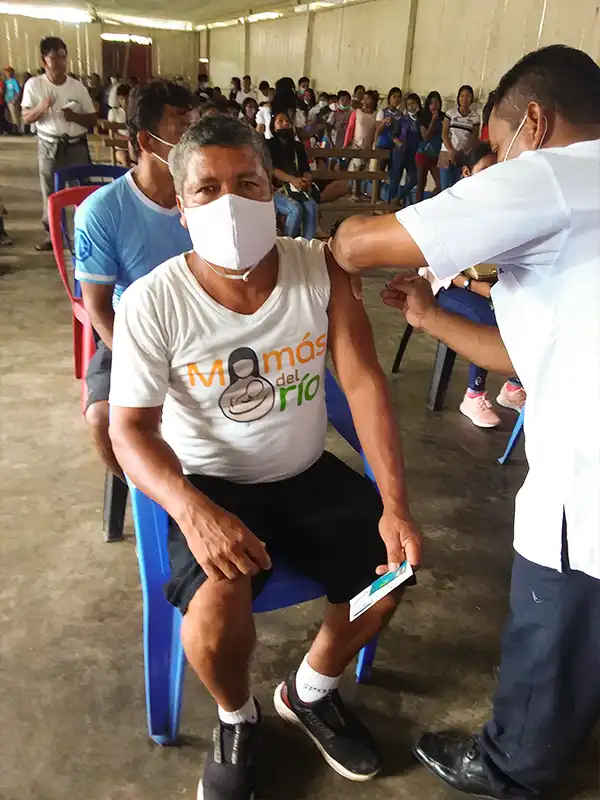
The CHW called on public policy makers to formally integrate them into the health system. They requested standardized training, official recognition, and adequate resources to continue their work for the well-being of communities. Two photographic exhibitions were held in Iquitos and Lima to present their findings and advocate for changes in health policies that include them as what they are: key players in inclusiveness and equity in health.
Research-based article: “Hear my voice: understanding how community health workers in the Peruvian Amazon expanded their roles to mitigate the impact of the COVID-19 pandemic through community-based participatory research” by Tina Samsamshariat, Purnima Madhivanan, Alexandra Reyes Fernández Prada, Eva M Moya, Graciela Meza, Stefan Reinders & Magaly M Blas
©2024. Made with (❤︎) in Yachayninchik